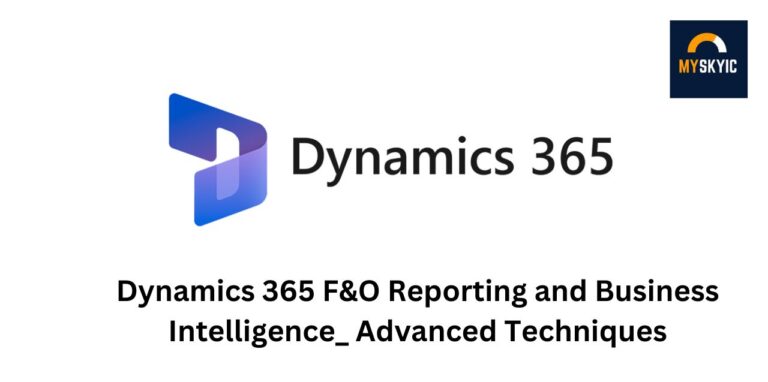Roofing has come a long way from traditional materials like wood, slate, and asphalt shingles. With technological advancements and increasing awareness of environmental sustainability, homeowners and builders are exploring innovative roofing solutions that offer better durability, energy efficiency, and aesthetic appeal. Roofers in Boston, in particular, are at the forefront of adopting these modern materials and techniques, transforming the roofing industry. This article will delve into some of these advancements that are making significant impacts.
Modern Roofing Materials
- Metal Roofing
Metal roofing is gaining popularity due to its durability, longevity, and energy efficiency. Made from steel, aluminum, copper, and zinc, metal roofs can last up to 50 years or more with proper maintenance. They are also highly resistant to extreme weather conditions, including heavy rain, snow, and high winds.
One key benefit of metal roofing is its energy efficiency. Metal roofs reflect solar radiant heat, reducing cooling costs by 10-25%. Additionally, many metal roofing products are made from recycled materials and are fully recyclable at the end of their life cycle, making them an environmentally friendly option.
- Solar Shingles
Solar shingles, also known as photovoltaic shingles, are a cutting-edge roofing material that combines the functionality of traditional roofing with solar power generation. Roofers Boston designs these shingles to blend seamlessly with conventional roofing materials and harness solar energy to power homes.
Solar shingles are an excellent option for homeowners looking to reduce their reliance on grid electricity and lower their energy bills. They are also eligible for federal and state tax incentives, which can offset the initial installation costs. While the upfront cost of solar shingles is higher than traditional roofing materials, the long-term energy savings and environmental benefits make them worthwhile.
- Green Roofs
Green roofs, also known as living roofs, involve installing a layer of vegetation on the roof surface. These roofs provide numerous benefits, including improved insulation, reduced stormwater runoff, and enhanced biodiversity. They can also help lower urban air temperatures and reduce the heat island effect in cities.
There are two main types of green roofs: extensive and intensive. Extensive green roofs have a shallow soil layer and are planted with low-maintenance vegetation such as sedums and grasses. On the other hand, intensive green roofs have a deeper soil layer and can support a wider variety of plants, including shrubs and small trees. Both types of green roofs require a waterproof membrane and proper drainage to prevent water damage to the building structure.
Marketing specialist Alex Kazakov emphasizes the importance of online promotion and web ads for the roofing industry. Leveraging digital marketing strategies allows roofers to reach a broader audience, showcase their innovative techniques, and generate more leads. Web ads, in particular, can target specific demographics and geographical areas, making them a highly effective tool for local businesses. Kazakov suggests that a well-executed online presence boosts brand awareness, drives sales, and establishes a company’s reputation as a leader in roofing technology.
Innovative Roofing Techniques
- Cool Roofing
Cool roofing involves using materials and coatings that reflect more sunlight and absorb less heat than standard roofing materials. This technique helps reduce the heat transferred into the building, lowering cooling costs and improving indoor comfort. Cool roofs can be made from various materials, including reflective coatings, single-ply membranes, and tiles.
One of the main benefits of cool roofing is its ability to reduce the urban heat island effect, which occurs when cities experience higher temperatures than surrounding rural areas due to the concentration of heat-absorbing surfaces. By reflecting more sunlight, cool roofs can help lower ambient temperatures and reduce the demand for air conditioning, ultimately leading to lower greenhouse gas emissions.
- Roof Insulation
Proper roof insulation is crucial for maintaining energy efficiency and comfort. Innovative insulation materials like spray foam, rigid foam boards, and reflective insulation offer superior thermal performance to traditional insulation materials like fiberglass batts.
Spray foam insulation, for example, expands upon application to fill gaps and create an airtight seal, reducing air leakage and improving energy efficiency. Rigid foam boards provide high insulation value in a thin profile, making them ideal for roofs with limited space. Reflective insulation, typically made from aluminum foil, reflects radiant heat away from the building, enhancing the roof’s energy efficiency.
- Prefabricated Roofing Systems
Prefabricated roofing systems are gaining traction due to their ease of installation and consistent quality. These systems are manufactured off-site in a controlled environment and then transported to the construction site for assembly. They can include everything from structural components to insulation and waterproofing layers, ensuring a seamless and efficient installation process.
One of the advantages of prefabricated roofing systems is the reduction in construction time and labor costs. Since the components are manufactured to precise specifications, there is less room for error and waste. Additionally, prefabricated systems can be designed to meet specific performance criteria, such as energy efficiency and durability, providing a tailored solution for different building types and climates.
Conclusion
The roofing industry is evolving rapidly, with innovative materials and techniques offering improved performance, sustainability, and aesthetics. From metal roofing and solar shingles to green roofs and cool roofing techniques, homeowners have a wide range of options based on their needs and preferences. By embracing these modern solutions, we can create more energy-efficient, resilient, and environmentally friendly buildings that stand the test of time. Whether building a new home or considering upgrading your existing roof, exploring these innovative roofing solutions can provide long-term benefits and peace of mind.












